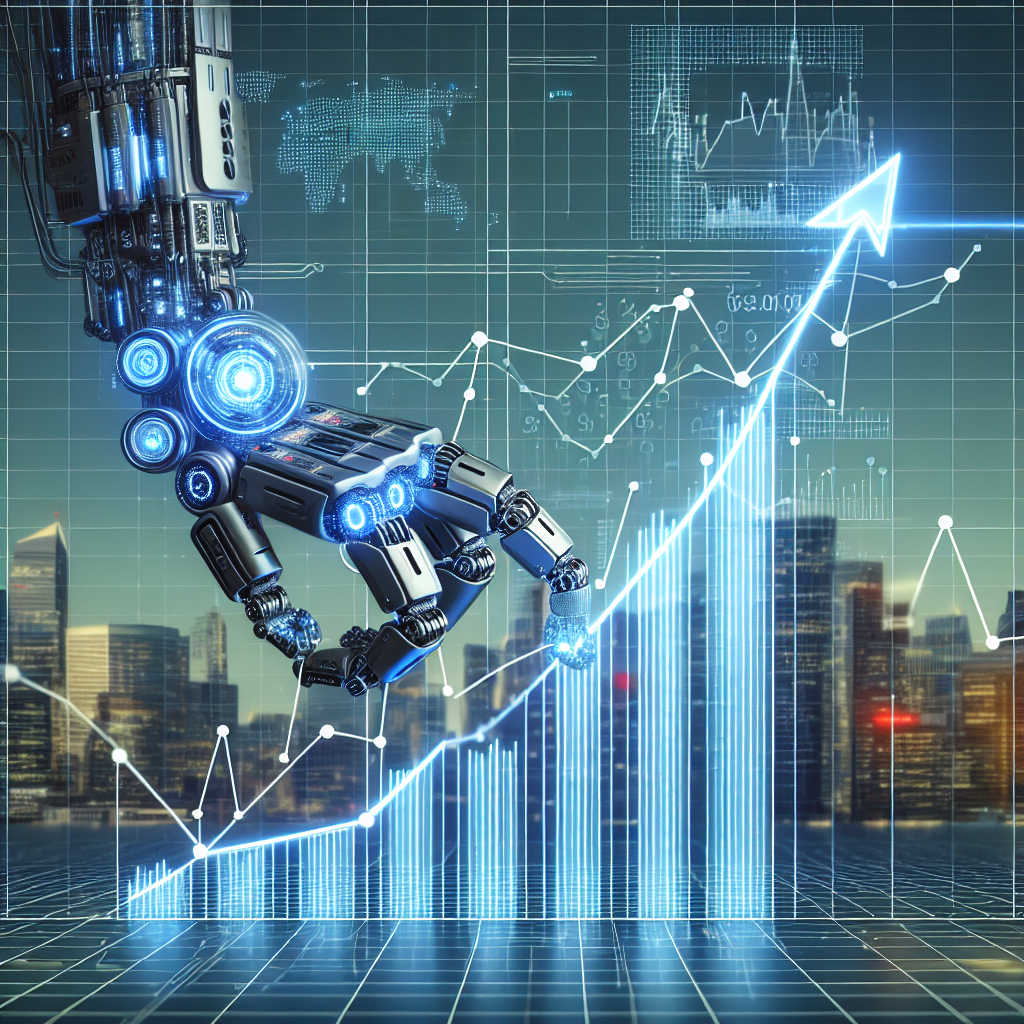According to data from the job placement company “Challenger, Gray & Christmas,” the number of layoffs announced by American businesses in October has surged to the highest level in 22 years. The main reason behind this situation is the continuous impact of artificial intelligence (AI) on the labor market.
The report released by “Challenger, Gray & Christmas” on Thursday, November 6, reveals that companies in the United States announced layoffs exceeding 153,000 people last month, a staggering 183% increase compared to September and a 175% surge from the same period last year. This marks the highest October layoff increase since 2003.
The total number of job cuts announced in the first 10 months of this year has surpassed 1 million, a 65% increase from the same period last year. This year has become the most severe year for layoffs since 2009.
The report indicates that the technology sector has seen the most layoffs, as companies in this industry undergo restructuring due to the integration of artificial intelligence. In October, tech companies announced layoffs of 33,281 people, nearly six times more than in September.
Layoffs in the consumer goods industry have also seen a significant increase, with 3,409 job cuts. Non-profit organizations have been severely impacted by government shutdowns, with layoffs reaching 27,651 people so far this year, a 419% surge from the same period in 2024.
In addition to layoffs, the number of positions companies plan to hire for has decreased by 35% compared to last year, hitting the lowest level since 2011. As of now, U.S. employers have announced plans to hire for a total of 488,077 positions this year.
Andy Challenger, workplace expert and Chief Revenue Officer at Challenger, Gray & Christmas, stated: “Just like in 2003, a disruptive technology is changing the landscape. With job creation at its lowest in years, the outlook for announcing layoffs in the fourth quarter is particularly grim.”
He pointed out, “Following the recruitment frenzy after the pandemic, some industries are adjusting; however, the adoption of artificial intelligence, weak consumer and corporate spending, and rising costs are forcing companies to tighten budgets and freeze hiring. Displaced workers are now finding it harder to quickly secure new jobs, which could further weaken the labor market.”
During the government shutdown, data collection and release were temporarily suspended by the U.S. government. The report from Challenger, Gray & Christmas provides an insight into the current state of the labor market.
Federal Reserve officials have expressed concerns about the weakening labor market. Since September, the central bank has lowered the benchmark interest rate twice and is expected to potentially cut rates by another 25 basis points at the policy meeting scheduled for December.

